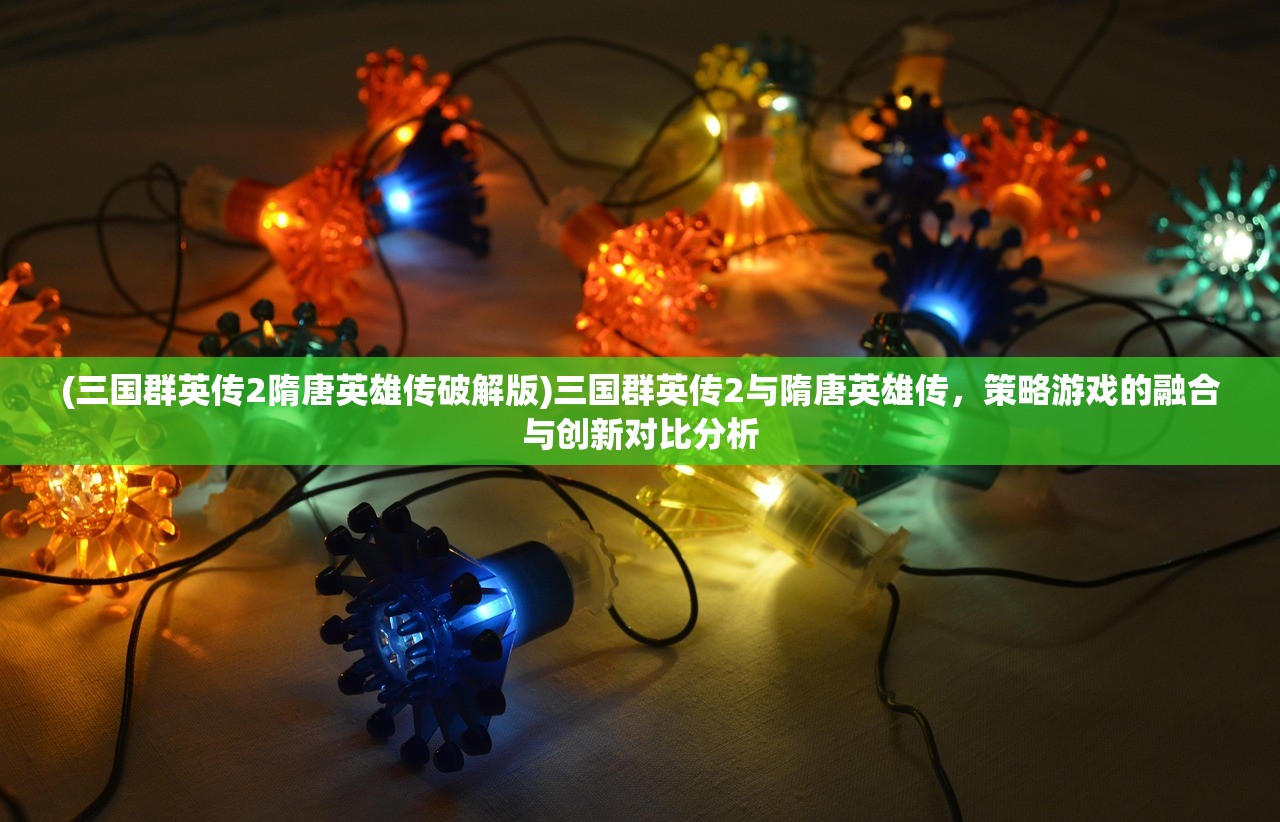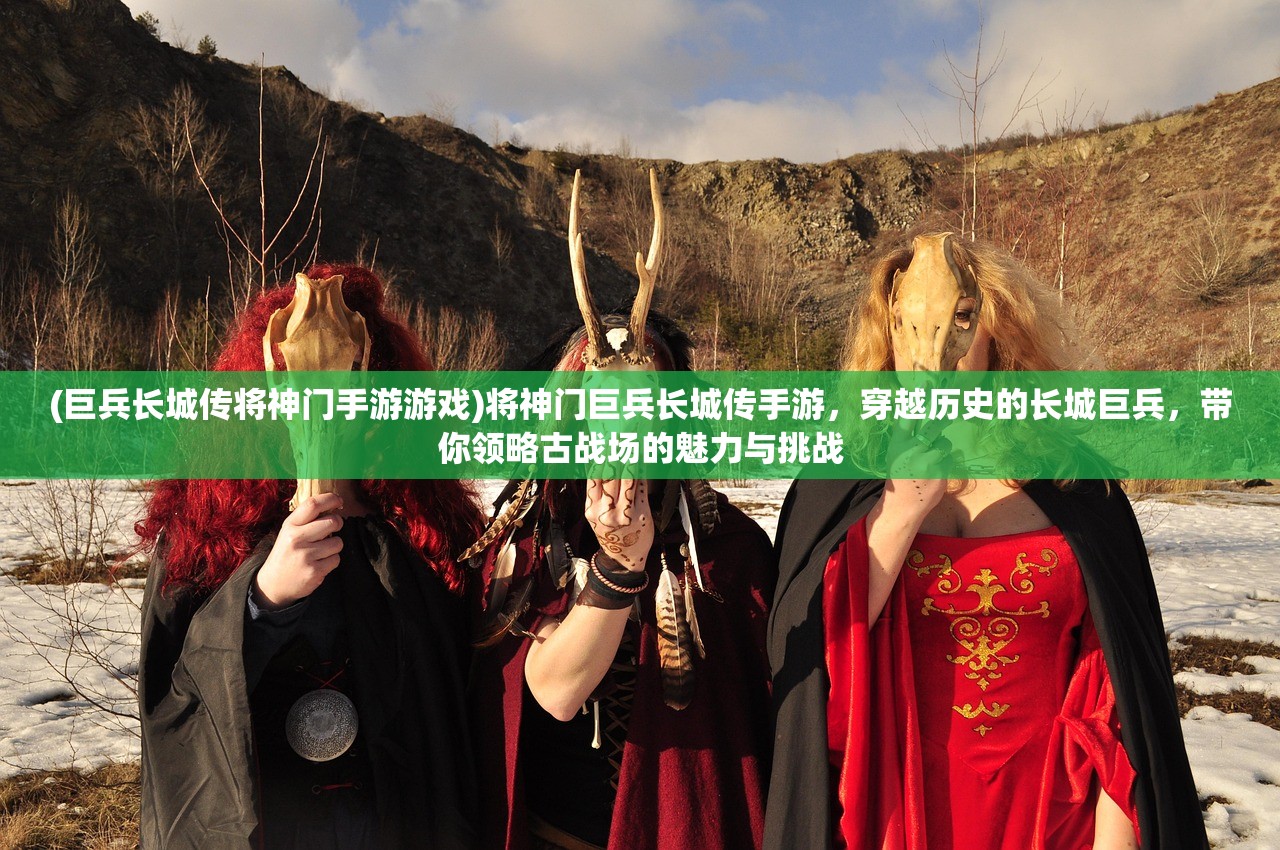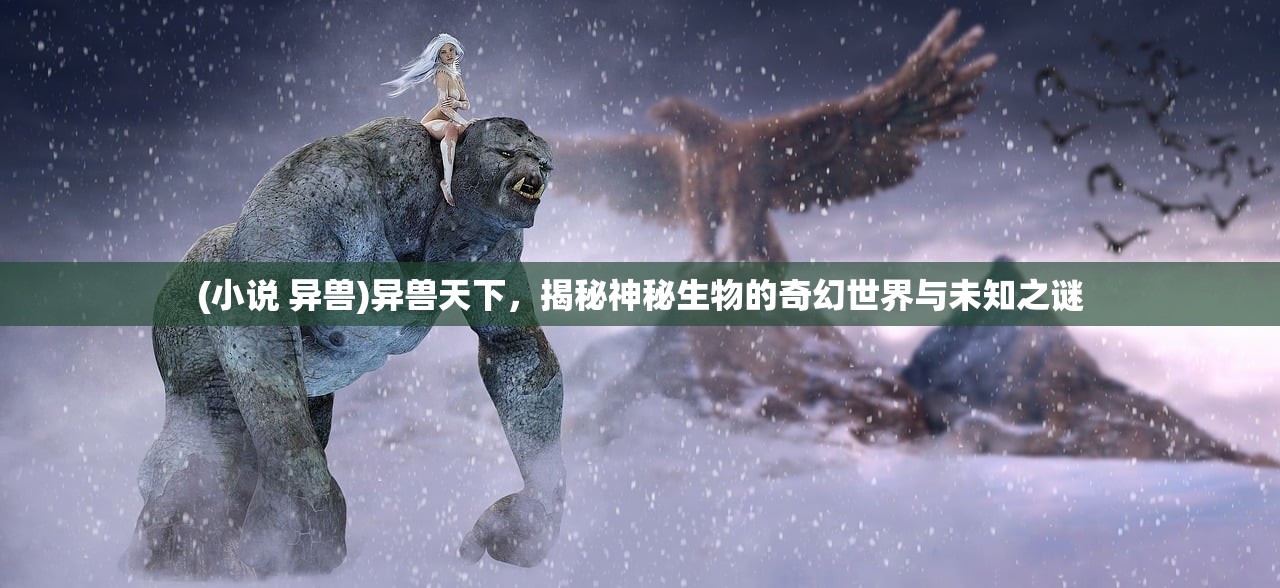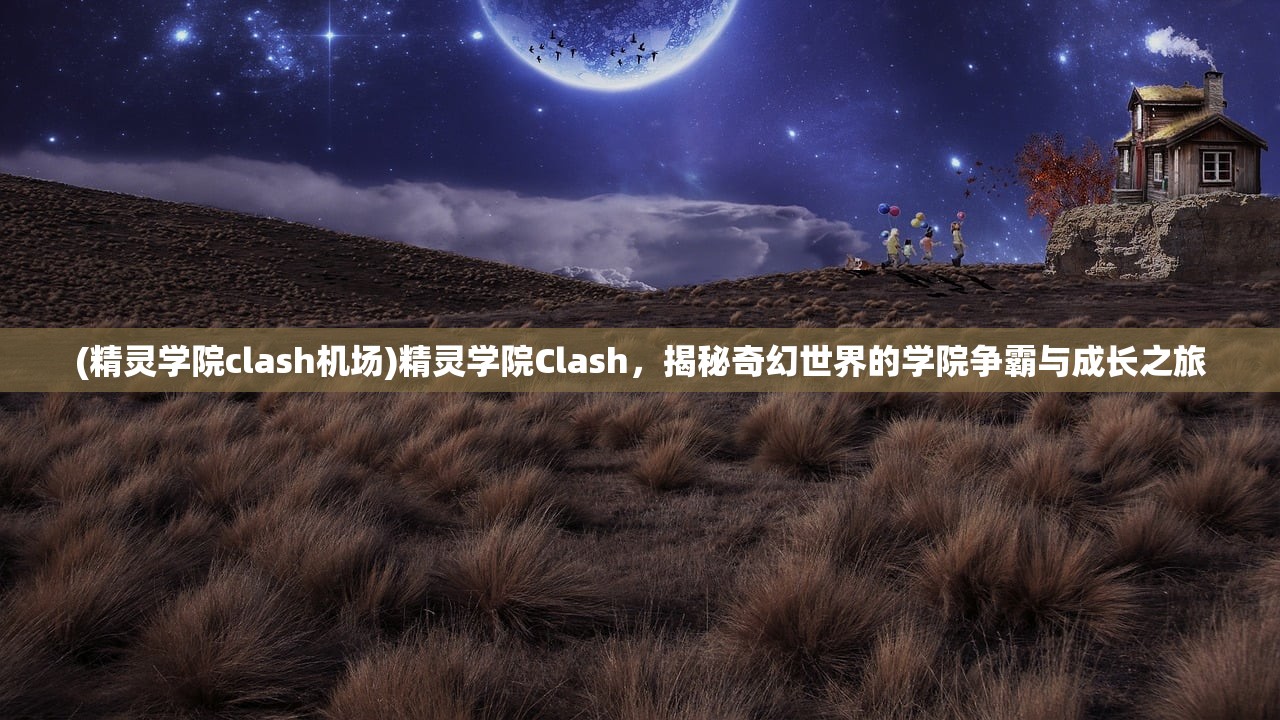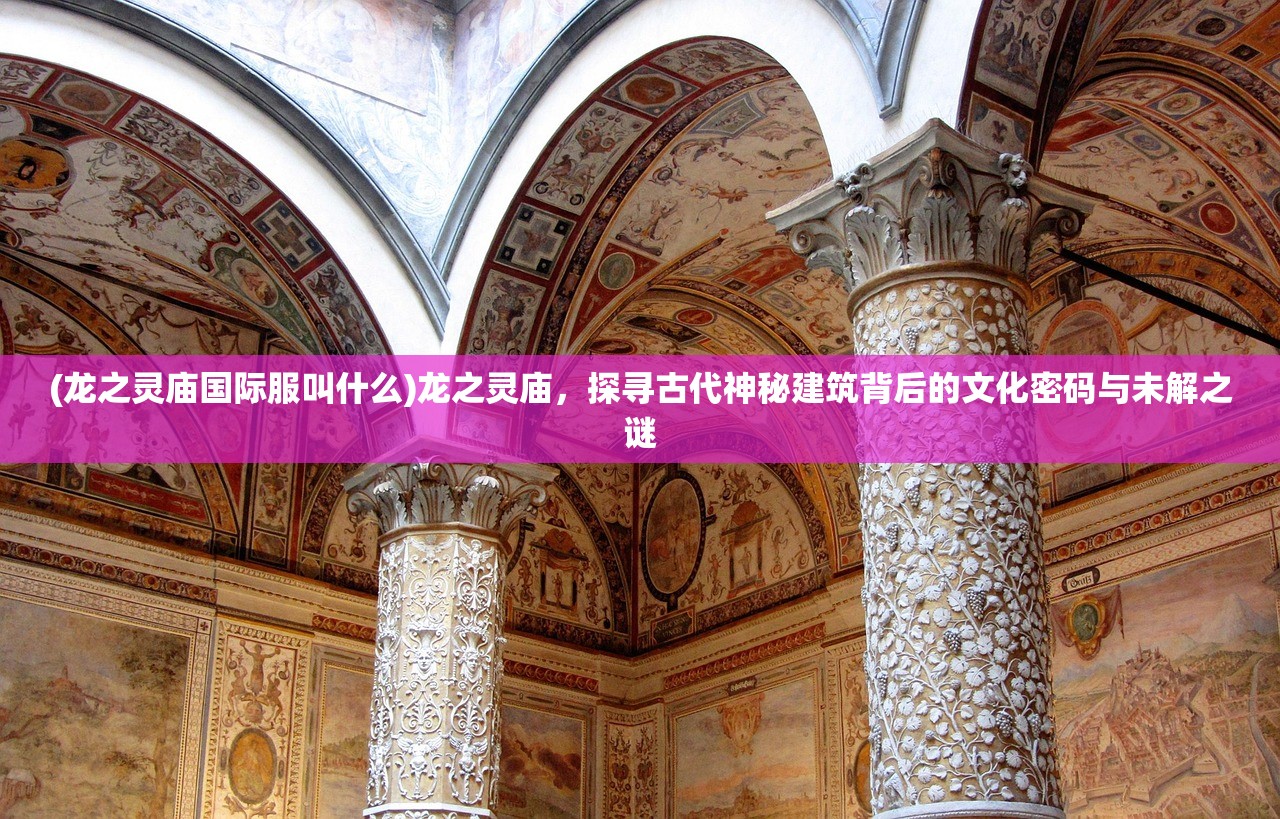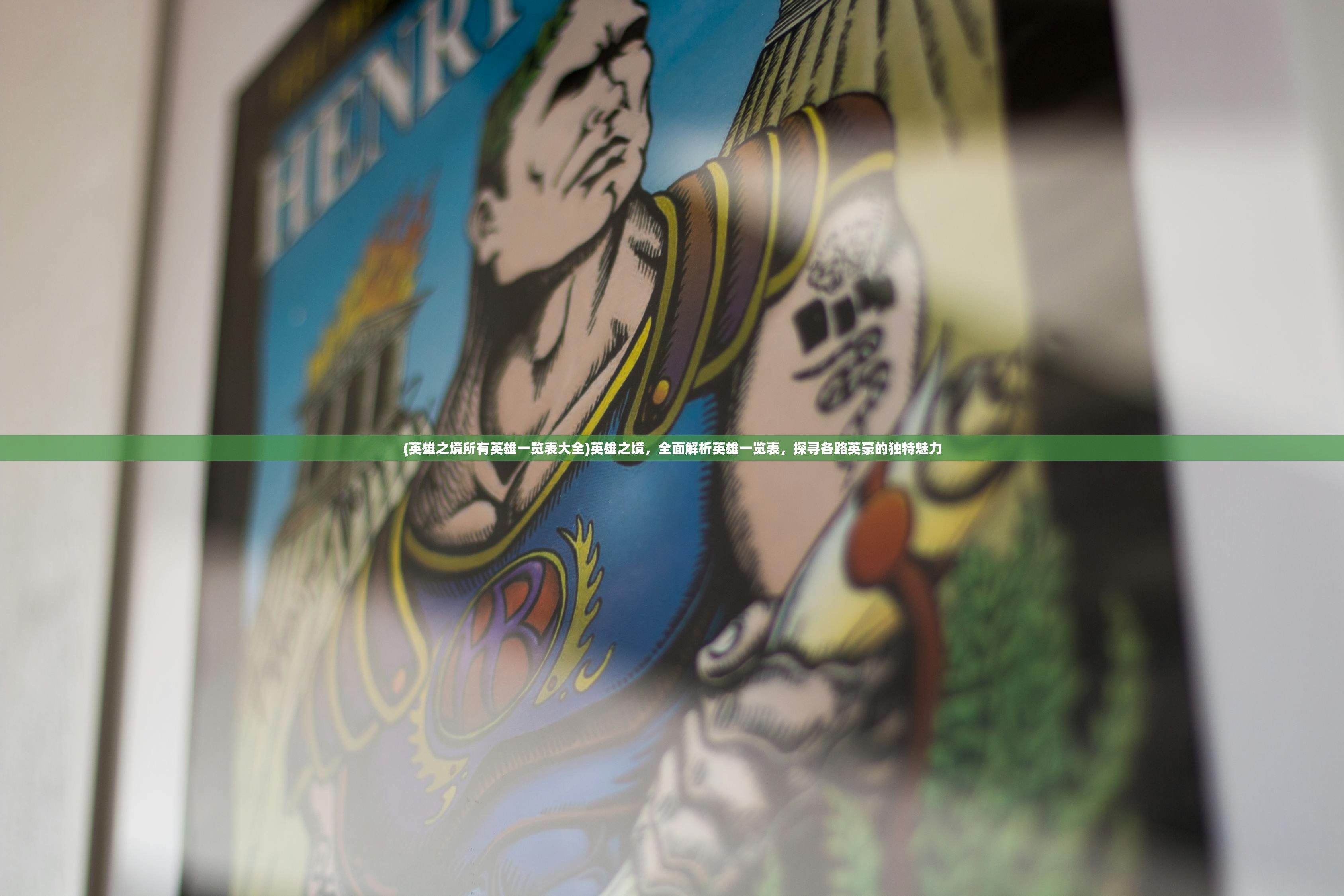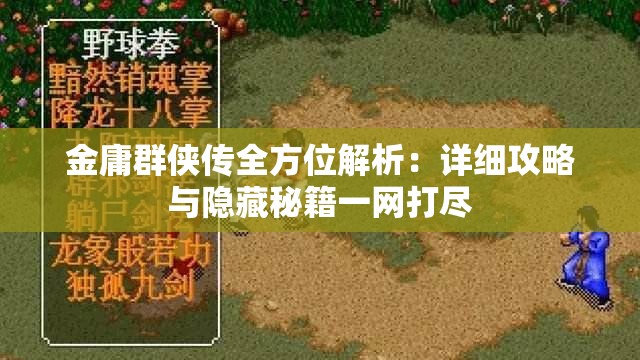(疯狂的野兽英文)The Ferocious Nian: Unraveling the Mythical Chinese Year Beast in a Modern Context
In the annals of Chinese mythology, the Nian, often translated as the "Year Beast," is a creature that embodies the chaotic and fearsome aspects of the New Year. The Nian is said to emerge from the depths of the sea each year on New Year's Eve, terrorizing villages and devouring livestock and children. However, the tale of the Nian also holds a profound message of community and the triumph of good over evil. This article delves into the legend of the Nian, analyzing its symbolism, cultural significance, and its adaptation in modern times.
The Myth of the Nian
The origin of the Nian is shrouded in mystery, but it is widely believed that the creature first appeared during the Shang Dynasty, around 1600 BCE. According to folklore, the Nian is a fearsome beast with dragon-like features, a lion's mane, and fearsome roar. It is said to be so powerful that even the gods fear it.
Symbolism and Cultural Significance
The Nian is a creature of dual symbolism. On one hand, it represents the chaos and unpredictability of the New Year, a time when the old year gives way to the new. On the other hand, it embodies the fears and anxieties that people face as they transition from one year to the next.
The legend of the Nian also carries a deeper message about the importance of community and family. In the face of the Nian's terror, villagers would band together, using firecrackers, red lanterns, and bamboo poles to ward off the beast. This collective effort is a testament to the power of unity and the resilience of the human spirit.
Adaptation in Modern Times
In modern China, the Nian has become a beloved figure, often depicted as a playful and friendly creature rather than a fearsome one. This shift in perception is a reflection of the country's evolving culture and values.
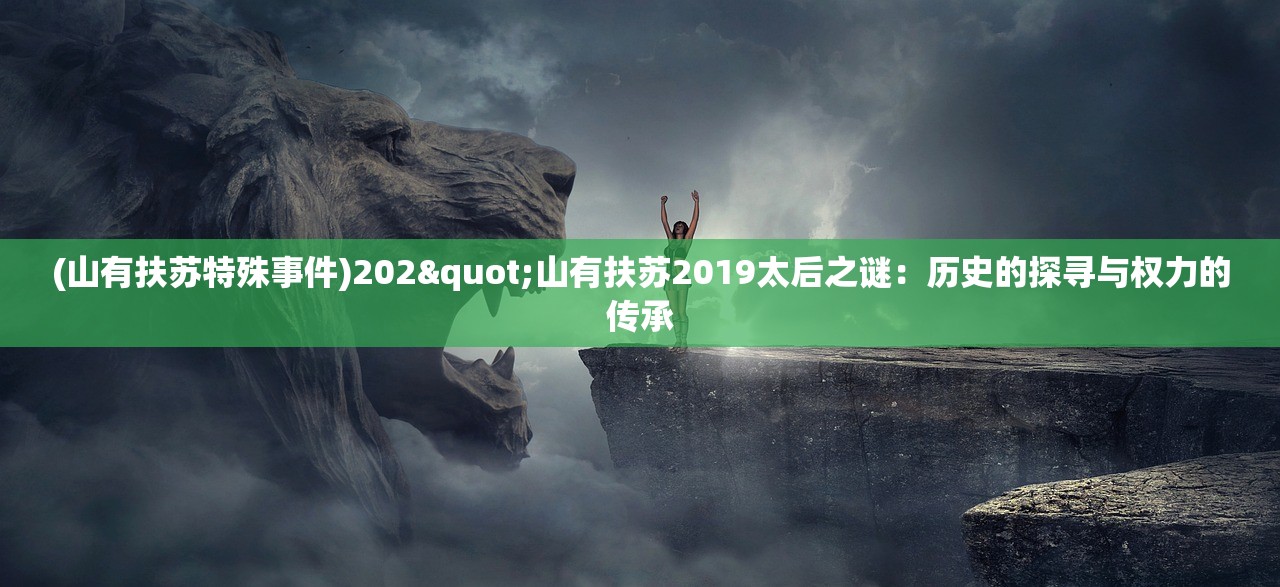
One of the most notable adaptations of the Nian is in the form of the "Happy Nian" (Happy Year) greeting cards, which are popular during the Chinese New Year celebrations. These cards feature cartoonish versions of the Nian, often with exaggerated features and a friendly demeanor.
Analysis and Questions
1、How has the portrayal of the Nian changed over time, and what does this shift reveal about Chinese society?
2、What role does the Nian play in modern Chinese culture, and how does it contribute to the celebration of the New Year?
3、How does the legend of the Nian reflect the Chinese values of community and resilience?
FAQ
Q: Why is the Nian depicted as red?
A: Red is a symbol of good fortune and happiness in Chinese culture. By wearing red or displaying red decorations, people believe they can ward off evil spirits, including the Nian.
Q: Is the Nian a real creature?
A: No, the Nian is a mythical creature from Chinese folklore. It is not a real animal.
Q: Why do people set off firecrackers during the Chinese New Year?
A: Firecrackers are believed to scare away the Nian and other evil spirits, ensuring a peaceful and prosperous New Year.
References
- Ho, P. (2000). The Dragon and the Tiger: Myths and Legends of China. New York: Pantheon Books.
- Kuhn, P. A. (2000). The Chinese Way: A Journey into the Heart of Confucian Culture. New York: Vintage Books.
- Yang, D. (1996). Myths and Legends of China. Beijing: China Intercontinental Press.
The legend of the Nian is a rich tapestry of symbolism and cultural significance. As China continues to evolve, the Nian remains a powerful and enduring symbol of the country's rich heritage and the resilience of its people.

